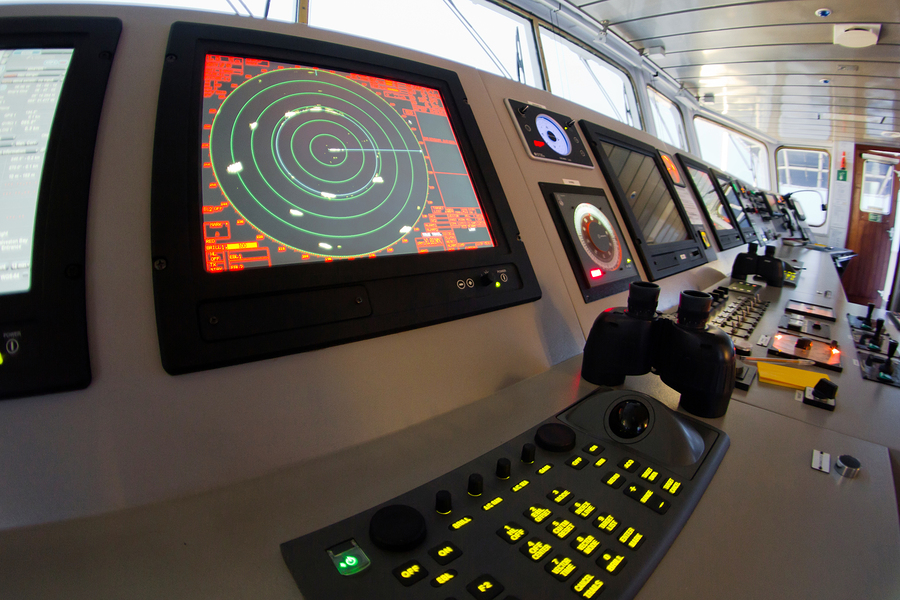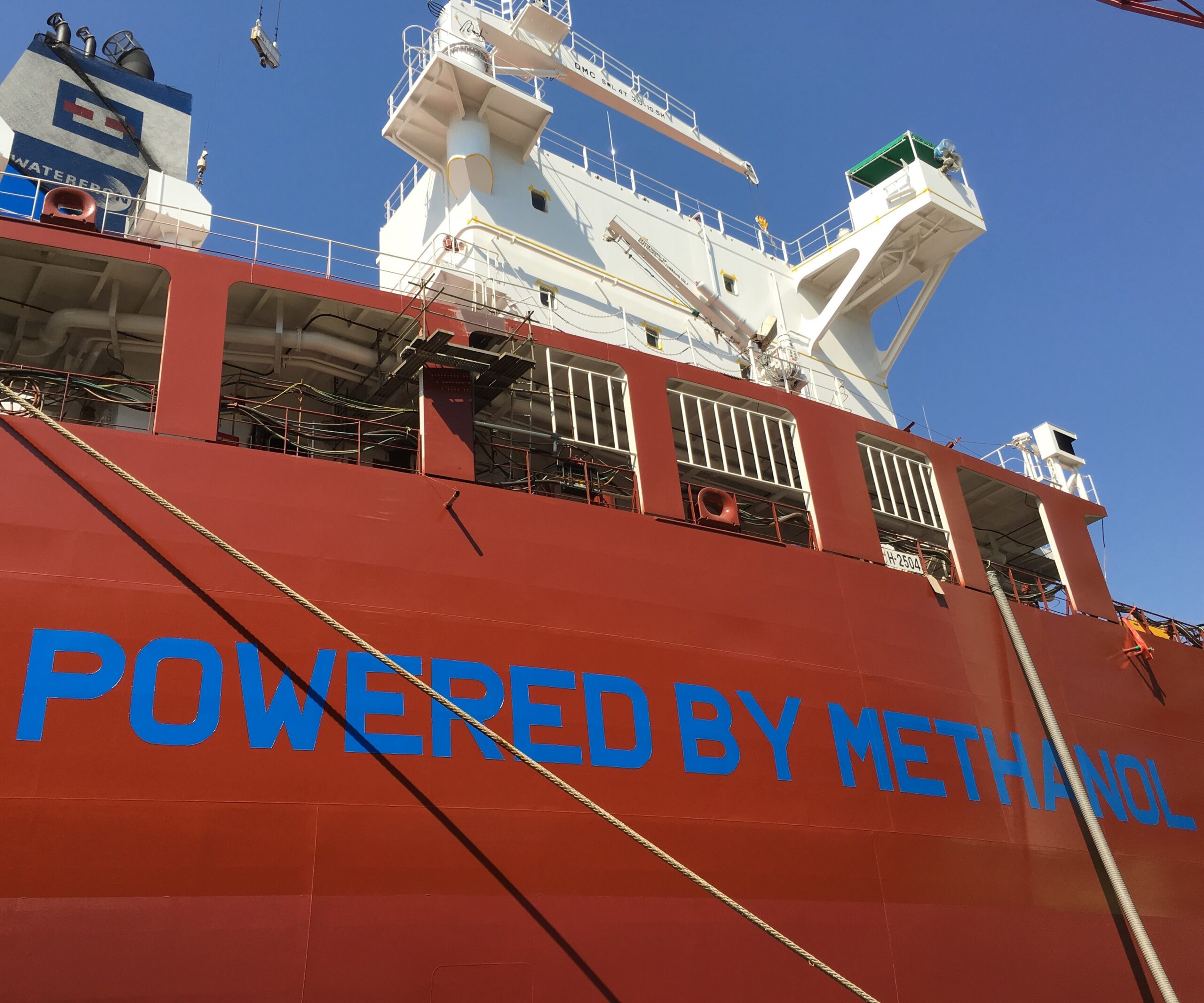In 1815 a passenger vessel, Arniston, crashed into reefs along the coast of South Africa, killing 340 people. The problem was that the vessel lacked a vital piece of equipment, a chronometer, and therefore relied upon daily signals from other ships to determine its location.
While getting hold of high-tech navigational equipment is not such a problem today, improper use of it, recognising when it is not working, ignoring weather warnings and failure to keep a proper bridge watch can all result in serious navigational mishaps.
The Marine Accident Investigation Branch (MAIB) reports that complex equipment and lack of operational understanding from the crew, complex and sometimes confusing messages from such equipment, slack in communication when course changes occur and failure to keep watch on the bridge are some of the key reasons that lead to navigational errors, groundings, collisions and oil spills, injuries and fatalities.
Valuable learnings can be gained from such incidents that can help drive safer maritime operations.
Capsize of the Costa Concordia
When and where?
Isola del Giglio, Italy. January 13, 2012What happened?
The cruise ship, Costa Concordia, sailed too close to the shore, resulting in it hitting a rock and subsequently capsizing. The Captain claimed that the rock he hit did not show up on the navigation system but according to maritime lawyer David Y. Loh in Business Insider, if it was turned on and operating correctly the rock would have shown, as long as someone was monitoring it. Captain Francesco Schettino later admitted to investigators that he went too close to the shore of the Tuscan island of Giglio. 32 were killed in the incident.Lessons learned
The command structure on the bridge needs to be checked and re-checked. If it is true that the navigational system was overridden by the officers, and there was confusion whether the bridge team should be navigating mainly by ECDIS or paper charts, it shows how such a decision can prove fatal. Additionally, the chaotic process of evacuating the ship did little to encourage passengers crew knew what they were doing, indicating a need to focus on communication and structure in an evacuation situation.
Collision between City of Rotterdam and Primula Seaways
When and where?
River Humber, England. December 3, 2015.What happened?
City of Rotterdam, a modern car carrier and Primula Seaways, a European ferry, collided with one another. According to the MAIB it was a result of the circular bridge layout, which caused the pilot to be unaware of the vessel’s real track over the ground in the River Humber. A hemispherical bow and bridge superstructure was designed to reduce wind resistance and increase fuel economy, but it was the shape of the bow that led to the unconventional bridge design and the lack of visibility of the bow canopy from the bridge.Lessons learned
Ship design may influence navigational errors more than is immediately obvious. MAIB recommends that there needs to be a higher awareness of relative motion illusion while naval architects and shipbuilders must adhere to internationally accepted ergonomic principles for ship design.Image: MAIB accident report, 2015
Grounding of Yorktown Clipper
When and where?
Matia Island, Washington state. August 18, 1993.What happened?
Cruise ship ran aground. Reportedly, the watch officer was not qualified in radar navigation and inadequate navigational planning and positioning procedures that were not able to identify the vessel’s position. This meant the navigator was not aware of the danger of running aground. According to The Nautical Institute, the cruise line and the master did not adequately carry out passage planning nor set standards for the accuracy and plotting of the fixes.Although there were no injuries, the company was fined $1,000 for not reporting a dent in the ship’s bottom, placing passengers at risk. There was also 100 gallons of diesel released directly into the water.
Lessons learned
Ensuring that the person in charge of the navigational systems is qualified to do so and that navigational plans and procedures are adequate enough to identify the exact vessel position and surrounding potential dangers.The vessel was named Yorktown Clipper until May 2007. Its name was then changed to Spirit of Yorktown.
Image: Spirit of Yorktown, Shipspotting.com
Sinking of Dongfang zhi Xing
When and where?
Yangtze River, China. June 1, 2015.What happened?
The passenger vessel was sailing along the Yangtze River when it was caught in a storm. The ship capsized and sank, resulting in 442 deaths.The Captain reported that he had not heard weather warnings, and calls not to sail, by the Hubei Meteorological Administration. However, this is strange considering seven weather warning were reportedly given and a ship on the same path as the Dongfang zhi Xing stopped its journey because of the onset of bad weather.
Lessons learned
Whether the weather warning were intentionally ignored or they did not reach the Dongfang zhi Xing, there are lessons to be learned in communication and response.Although the Chinese government censored information and a report was subsequently released that stated the vessel sank due to a storm, local Chinese media reported that the Captain ignored weather warnings and continued to sail to get to his destination on time. It was also later found that the shipping company and local authorities had flaws in their daily management and the ship’s captain and chief engineer were taken into custody for questioning, which led to further speculation that the Captain had intentionally ignored the weather warnings.
Image: Cranes lifting the vessel from the water, Reuters
Grounding of Ovit
When and where?
Dover Strait, England. September 18, 2013.What happened?
Tanker grounded while operating on autopilot using ECDIS. A combination of poor planning using ECDIS and lack of the OOW’s situational awareness lead to complete ignorance of the fact the vessel was aground. Furthermore, a deck cadet noticed flashing lights but did not report them leading to the vessel to become too close to the Varne Light Float and grounded on the Varne Bank. A defective ECDIS audible alarm was found following inspection.According to MAIB’s 2014 report on the Ovit’s grounding, the third offer who planned the passage was not given any guidance by the master on how to do it and was not supervised. No route check was carried out and no pre-departure brief to deck officers was given.
Lessons learned
Lack of knowledge on ECDIS operation and inexperienced and unsupervised staff using the equipment for route planning led to the route over the Varne Bank, which was completely unsafe.
According to MAIB, navigational hazards were not checked using the ECDIS check-route function and the Officer of the Watch only monitored the vessel’s position against the intended track and not relative to any dangers they may encounter, which reportedly led to poor situational awareness.Full training in ECDIS and supervision is a key lesson learned from this incident, according to the MAIB report.
Image: Ovit tanker, MAIB accident report, 2013.
Grounding of Lysblink Seaways
When and where?
Ardnamurchan peninsula, west Scotland. February 18, 2015.What happened?
Vessel ran aground due to the Officer of the Watch becoming inattentive due to alcohol consumption and not keeping a proper lookout. Additionally, the bridge navigational watch alarm system was not switched on and an off-track alarm on the ECS2 had been silenced. It resulted in 25 tonnes of oil being spilled into the sea as the ship was aground for 2 days following damage to its hull and breaching of the double bottom and fuel tanks.Lessons learned
The MAIB’s 2015 report on the casualty indicates that it was dangerous and irresponsible for the Officer of the Watch to act as a sole lookout on the bridge in close waterways, but without a definition of a close waterway this was difficult to determine. MAIB suggest bridge resource management requires some attention to prevent future accidents of a similar nature, as well as close control of alcohol consumption.Image: Lysblink Seaways, MAIB accident report, 2015.
Sinking of the Ro/Ro vessel El Faro
Where and when?
En route from Florida to Puerto Rico. October 1, 2015.What happened?
The captain sailed the ship into a category 3 hurricane, despite weather warnings and pleas from crew not to do so. A transcript appeared to show the captain’s unwillingness to avoid the storm, leading to complete sinking of the ship and a death toll of all 33 crew onboard.Lessons learned
Weather warnings were ignored by the captain, reportedly because he believed the ship would be able to sail through the hurricane and come out the other end. It was only the following morning that he gave the order to abandon ship when the containers started to fall. Despite a previously reported commitment to safety, the captain chose to ignore the concerns of weather stations as well as his crew, leading to the tragedy.Image: Tote Maritime’s El Faro before the storm.
Fathom-News
editor@fathom-mi.com







































